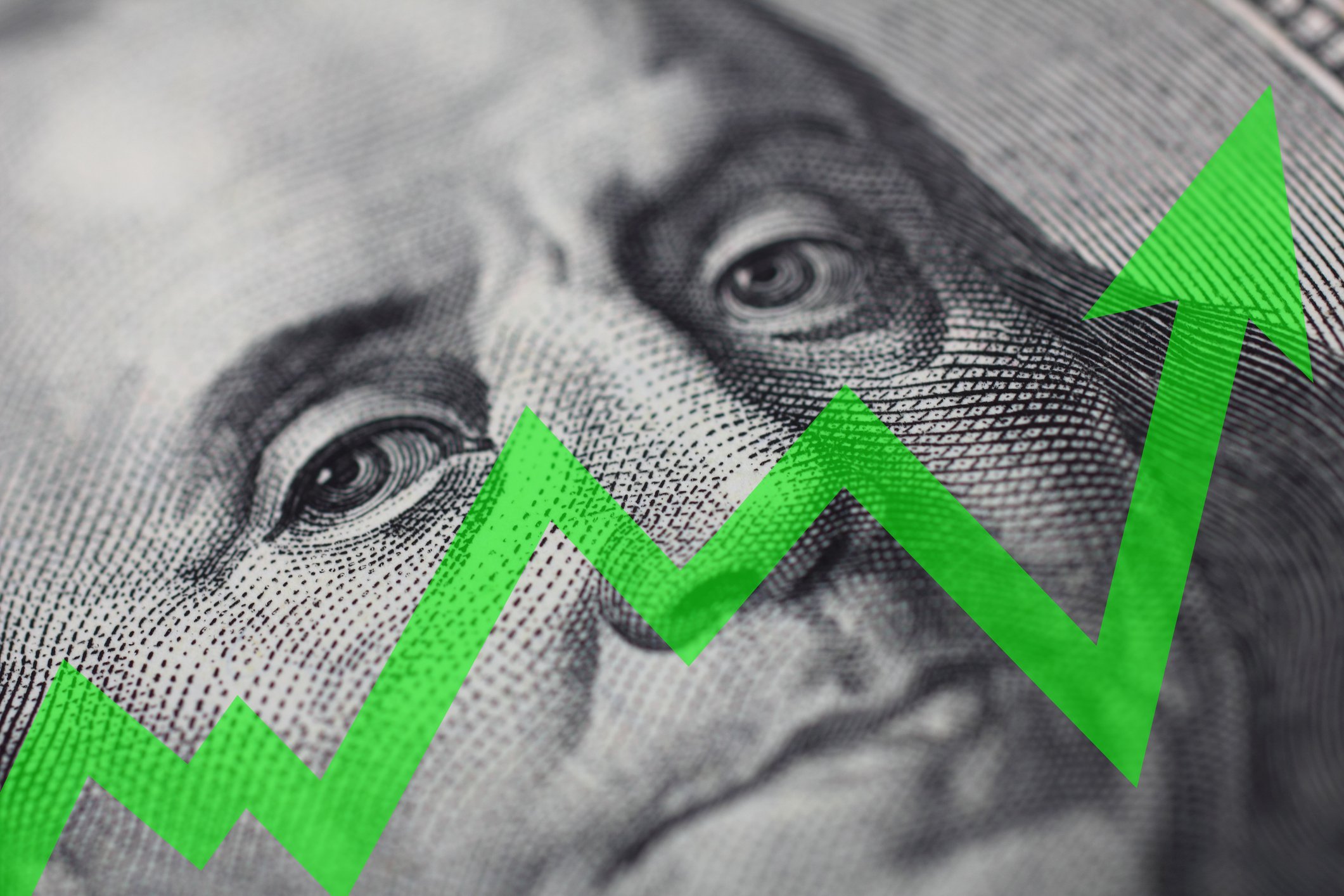Earnings season is kicking into high gear as Amazon (AMZN +0.50%) reports its fourth-quarter earnings on Thursday. Shareholders will be paying close attention to the company's growth rates in its various business lines as well as its profitability. For Amazon, faster growth typically means somewhat lower profit margins, because the company needs to spend heavily to grow as quickly as possible. With that in mind, here are my three biggest questions for Amazon heading into fourth-quarter earnings.
Is free one-day shipping with Prime continuing to accelerate e-commerce sales growth?
The growth rate of Amazon's e-commerce business has been slowing in recent years. Online store sales growth slowed to 13.5% in 2018 from 18.5% in 2017, and it slowed further to 9.5% in the first quarter of last year. That's when Amazon began aggressively investing in converting Amazon Prime's two-day free shipping perk to one-day free shipping. This investment cost the company over $800 million in the second quarter and an undisclosed larger amount in the third quarter, and management expected it to cost around $1.5 billion in the fourth quarter.
The result was online store sales accelerating from 9.5% in the first quarter to 14.3% and 20.6% in the second and third quarters, respectively. Similarly, e-commerce units shipped accelerated from 10% growth in the first quarter to 18% and 22% in the second and third quarters, respectively. Clearly, these investments have been paying off in a big way.
Importantly, these are global growth figures, but the one-day shipping rollout has been mostly focused in the U.S. so far, meaning most of the international growth acceleration should be yet to come. It will be interesting to see if this growth acceleration continued in the fourth quarter and how much of it is coming from international markets.

Image source: Getty Images.
How deep is this investment cycle likely to be?
Amazon has always invested heavily for future growth, but it goes through investment cycles. During these investment cycles, investment spending increases and current earnings decline. Eventually, the investments begin to pay off, the company grows faster as a result, and profit margins increase again.
Amazon founder and CEO Jeff Bezos alluded to these investment cycles in an interview with Fortune magazine in 2013:
"We believe in the long term, but the long term also has to come," says Bezos, explaining that periodically Amazon wants to "check in" with its ability to make money.
Amazon is in one of these investment cycles today across its businesses. Free one-day shipping with Prime is one example, but the company is also in investment mode in its Amazon Web Services (AWS) business. AWS profit margins were 31.1% in the third quarter of 2018, which management has characterized as a very efficient period for the business after it grew into investments it had made in 2017.
More recently, Amazon has been investing aggressively in new sales and marketing personnel, which has driven AWS margins lower to 25.1%. How much deeper the current investment cycle gets will impact the company's near-term profits. That said, given the company's impressive track record of investing for growth, long-term shareholders should, perhaps counterintuitively, applaud a deeper investment cycle.
What else can you tell us about emerging businesses?
Amazon's great strength has been its pioneering culture of invention. It has transformed from just an online bookseller to the "everything store" it is today, the world's largest public cloud computing business, the largest smart-speaker business, and the third-largest online advertising business.
The company is working on expanding its global logistics capabilities, almost certainly with an eye to compete head-on with carriers like UPS (UPS +1.02%) and FedEx (FDX +1.08%). It has emerging healthcare businesses after the acquisitions of Pillpack, an online pharmacy, and Health Navigator, a start-up focused on online symptom checking and triage tools. It has a wide range of physical retail concepts, including Whole Foods, which it acquired in 2017; the cashier-less Amazon GO convenience stores with "just walk out" technology; and several Amazon bookstores.
But Amazon tends to say little publicly about these businesses and its plans for the future because it doesn't want to give anything away to its potential competitors. It's impossible to say that approach hasn't worked well for the company. For example, AWS had a seven-year head start with no competition, at least partially because the company kept it under wraps as long as possible.
The downside of that approach is that the company's shareholders are largely kept in the dark about some of these new businesses. But it would be difficult for long-term shareholders to complain. Amazon shares have appreciated by 1,241 times since its 1997 initial public offering. That's a 36.9% average annualized return for over 22 years. Amazon shares won't repeat that performance in the next 22 years, but if you're going to invest for the long term, Amazon should be part of your portfolio.








